Corn snakes (Pantherophis guttatus) are among the most popular reptile pets due to their docile nature, manageable size, and striking colors. As a responsible corn snake owner, understanding common health issues that can affect these beautiful creatures is essential for ensuring they live a long, healthy life. While corn snakes are generally hardy animals that can live up to 20 years in captivity with proper care, they’re still susceptible to various health problems. Many of these issues stem from improper husbandry practices rather than inherent weaknesses. In this comprehensive guide, we’ll explore the top ten health issues that corn snakes commonly face and provide practical advice on how to prevent and address these conditions.
1. Respiratory Infections
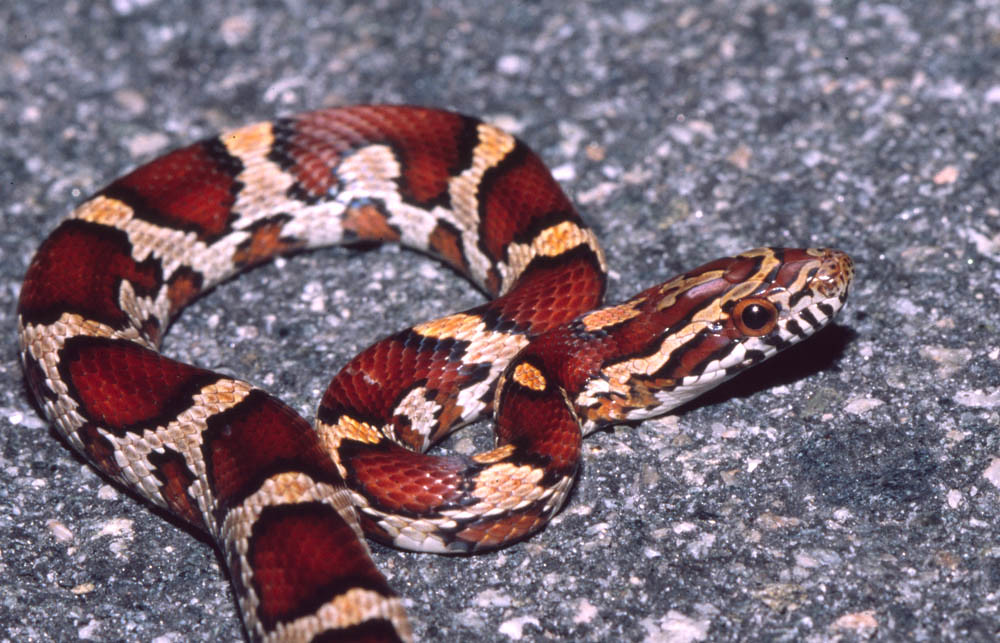
Respiratory infections are among the most common health problems in corn snakes, often resulting from improper temperature and humidity levels in their enclosure. Symptoms include wheezing, bubbles forming around the mouth or nostrils, open-mouth breathing, and unusual head positioning where the snake appears to be “stargazing.” These infections typically develop when enclosures are kept too cold or damp, creating the perfect environment for bacteria and fungi to flourish. To prevent respiratory infections, maintain proper temperature gradients (75-82°F on the cool side and 85-90°F on the warm side) and keep humidity between 40-60%. If you notice symptoms of a respiratory infection, consult a reptile veterinarian immediately as these conditions rarely resolve without antibiotic treatment.
2. Mites and Ticks
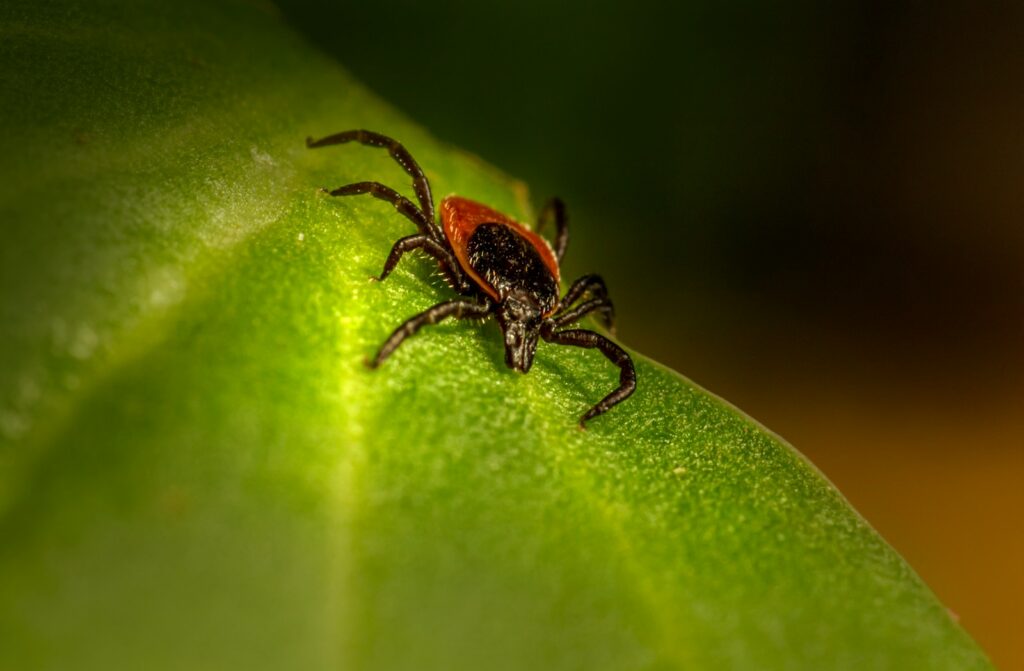
External parasites like mites and ticks can plague corn snakes, causing significant discomfort and potentially transmitting diseases. Snake mites appear as tiny black or red dots moving on your snake’s skin, particularly around the eyes, heat pits, and under scales. Signs of infestation include excessive soaking, unusual restlessness, and visible parasites on the snake or in the enclosure. Prevention involves thorough quarantine of new animals, regular cleaning of the enclosure, and careful inspection of any items introduced to the habitat. Treatment options include specialized reptile-safe miticides and, in severe cases, veterinary intervention. Never use mammal-designed parasite treatments on reptiles as they can be toxic and potentially fatal to your corn snake.
3. Scale Rot (Dermatitis)
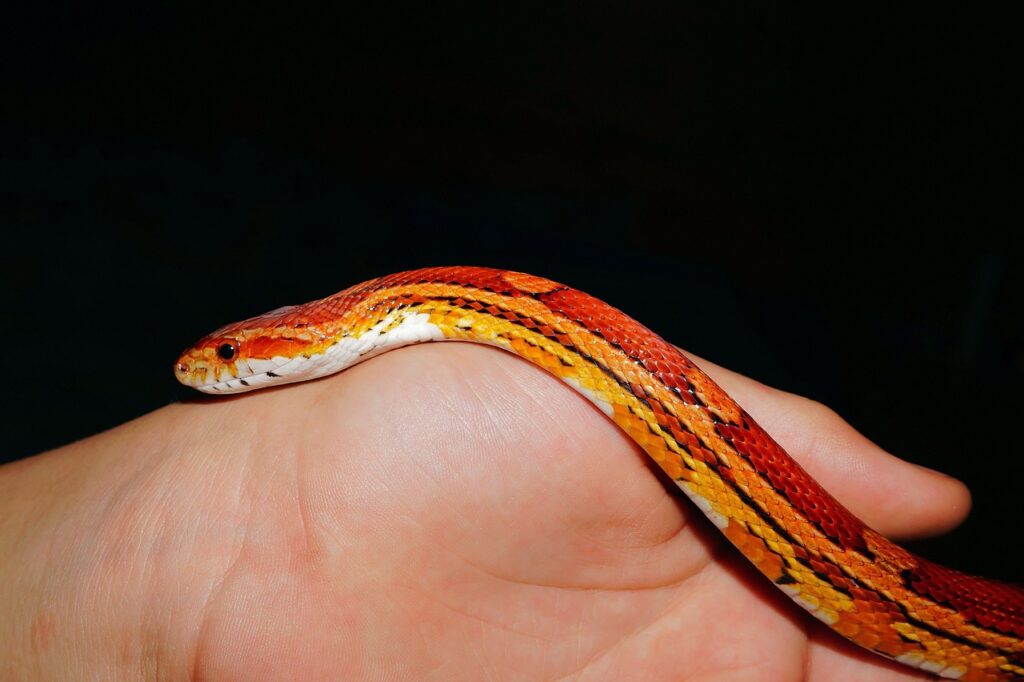
Scale rot is a bacterial or fungal infection affecting a corn snake’s scales and skin, often appearing as discolored, raised, or blistered scales, particularly on the ventral (belly) side. This condition typically develops when snakes are kept in consistently damp or unsanitary conditions, allowing bacteria to penetrate damaged scales or skin. The infection can progress from mild discoloration to severe tissue necrosis if left untreated. To prevent scale rot, ensure the enclosure has appropriate humidity levels without becoming waterlogged, provide a clean and dry substrate, and regularly disinfect the habitat. Always remove feces and soiled bedding promptly, and offer a proper shedding box that allows humidity without creating constantly wet conditions. Severe cases require veterinary attention and may need topical and/or systemic antibiotics.
4. Dysecdysis (Shedding Problems)
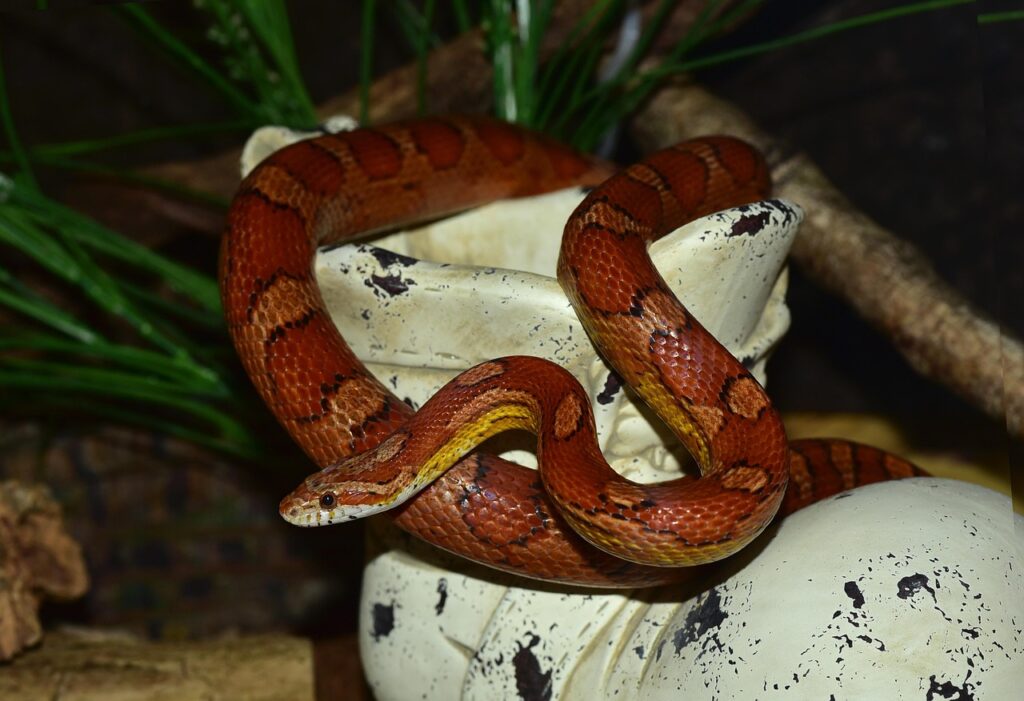
Dysecdysis, or difficult shedding, occurs when a corn snake cannot properly shed its old skin in one complete piece. Signs include retained eye caps (spectacles), patches of unshed skin, and in severe cases, constriction injuries where retained shed restricts blood flow to extremities like the tail tip. This condition usually results from insufficient humidity during the shedding process, improper diet, underlying health issues, or inadequate rubbing surfaces in the enclosure. To prevent shedding problems, increase humidity to around 60-70% when your snake shows pre-shedding signs (dulling colors, milky eyes), provide a moist hide box with damp sphagnum moss, and include rough surfaces like cork bark for the snake to rub against. For minor retained shed, a warm water soak (85°F) for 20-30 minutes can help, but never forcibly pull shed from your snake as this can damage their scales.
5. Mouth Rot (Infectious Stomatitis)

Mouth rot is a bacterial infection of the gums and mouth tissues that can become serious if left untreated. Early signs include excessive saliva, redness or swelling around the mouth, and reluctance to eat, while advanced cases may present with caseous (cheese-like) discharge, bleeding gums, and tissue necrosis. This condition typically develops secondary to stress, poor nutrition, improper temperatures, injuries, or as a complication of respiratory infections. Prevention focuses on maintaining proper husbandry with clean water, appropriate temperatures, and a balanced diet. Handling your corn snake gently to avoid mouth injuries and promptly addressing any health concerns that may compromise your snake’s immune system also helps prevent this condition. Treatment almost always requires veterinary intervention, typically involving debridement of necrotic tissue and a course of antibiotics.
6. Internal Parasites
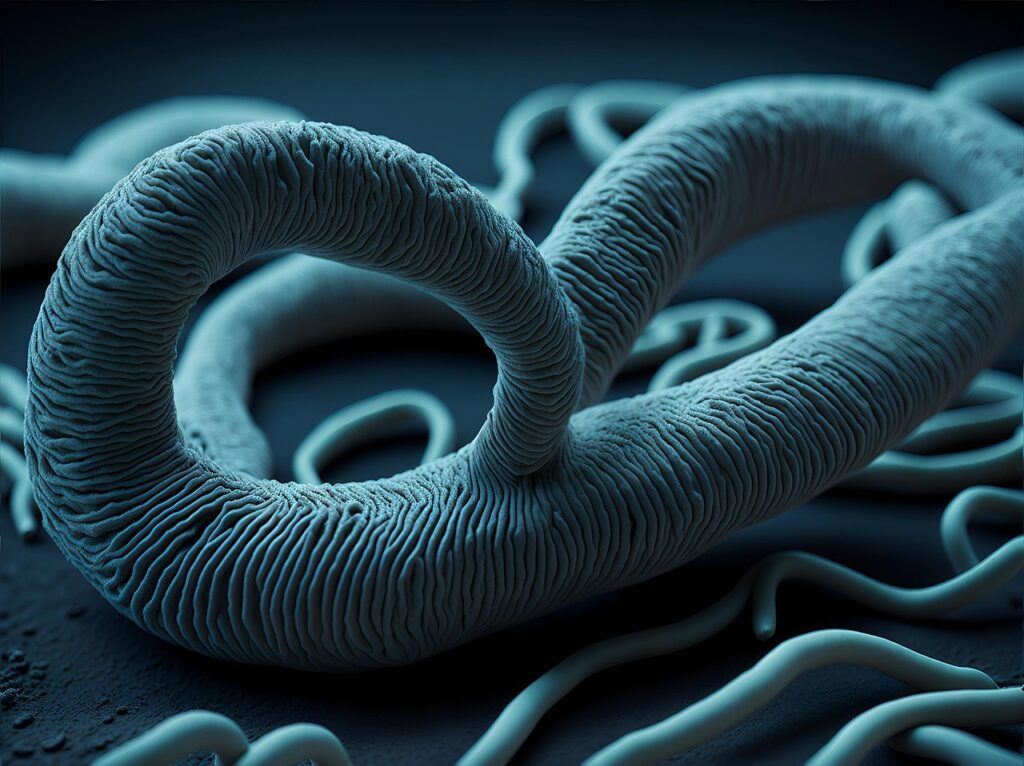
Internal parasites such as nematodes, cestodes (tapeworms), protozoa, and amoebas can afflict corn snakes, often without obvious symptoms until infestations become severe. Signs of internal parasites may include weight loss despite normal feeding, regurgitation, diarrhea, lethargy, and visible worms in feces. These parasites can be introduced through contaminated prey items, contact with infected snakes, or poor sanitation. Prevention involves feeding pre-killed prey from reputable sources, quarantining new animals for at least 30 days, and maintaining strict hygiene in the enclosure. Regular fecal examinations performed by a veterinarian can catch parasite problems early, even before symptoms appear. Treatment typically involves specific antiparasitic medications prescribed by a veterinarian, with the dosage and duration tailored to the parasite type and the severity of infection.
7. Obesity and Metabolic Bone Disease
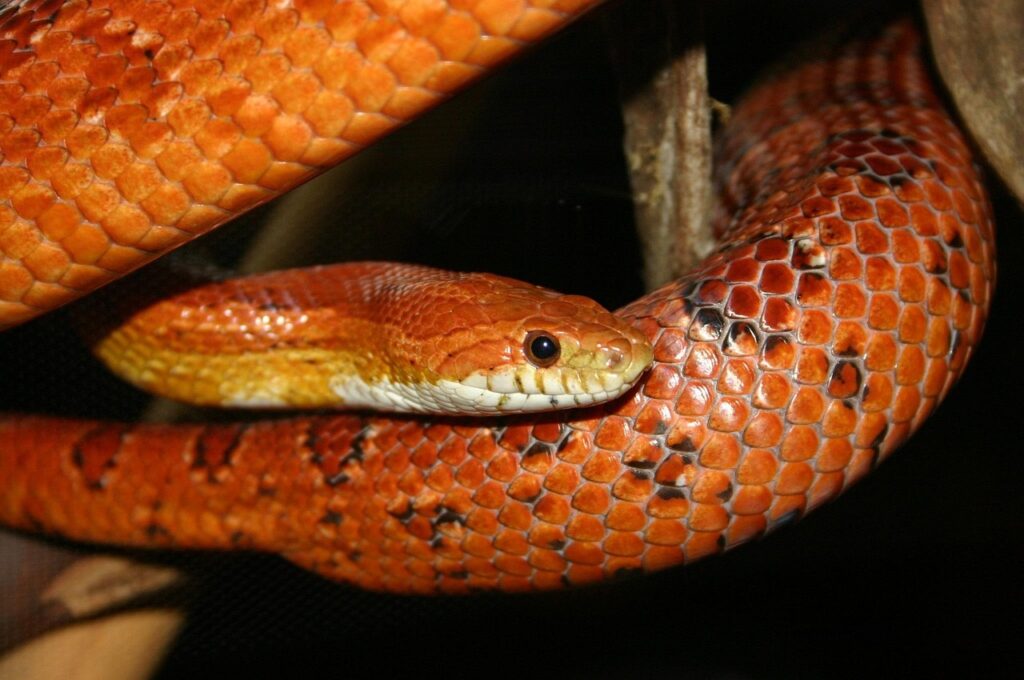
Both obesity and metabolic bone disease represent opposite ends of the nutritional spectrum but are equally concerning for corn snake health. Obesity results from overfeeding or feeding inappropriately large prey items, leading to fatty deposits, reduced activity, and potential organ failure. Metabolic bone disease, conversely, stems from calcium deficiency or improper calcium-to-phosphorus ratios, causing skeletal deformities, tremors, and jaw softening. To prevent these conditions, follow appropriate feeding schedules based on your snake’s age and size, typically offering appropriately-sized prey items every 7-10 days for adults and more frequently for growing juveniles. Ensure proper UVB lighting if not offering whole prey (which naturally contains calcium) and consider calcium supplementation for breeding females. Regular weight monitoring and body condition assessment can help catch these issues early when intervention is most effective.
8. Thermal Burns
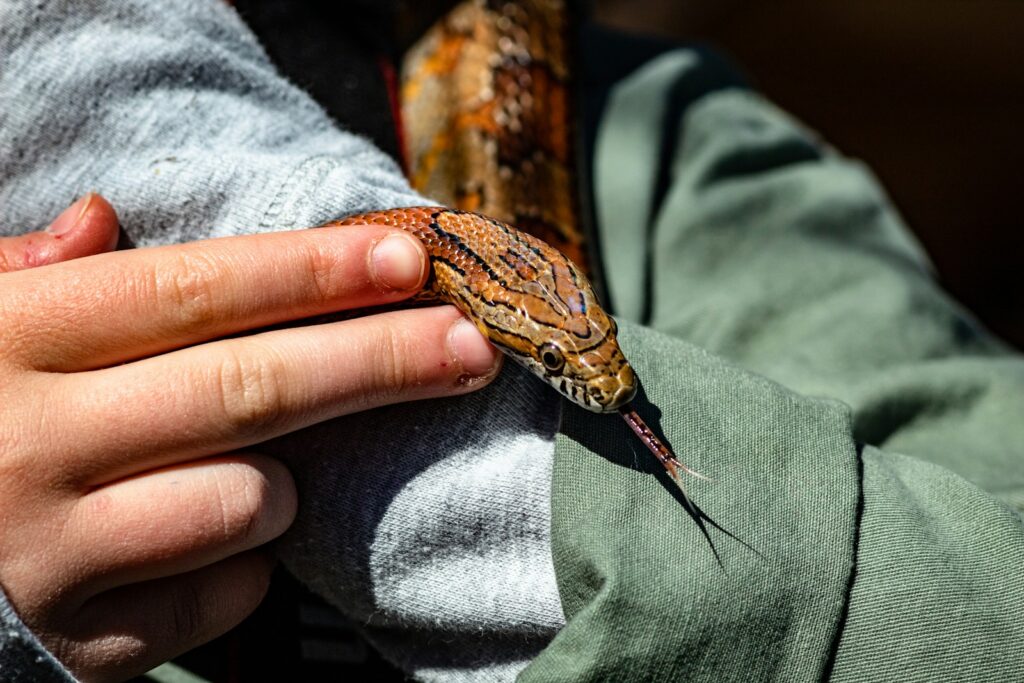
Thermal burns are tragically common injuries that occur when corn snakes come into direct contact with unprotected heat sources such as hot rocks, heat mats without thermostats, or exposed light bulbs. These burns can range from mild redness to severe tissue damage requiring extensive veterinary care. Signs include discolored, blistered, or obviously damaged scales, sometimes with the snake avoiding certain areas of its enclosure. Prevention is straightforward but critical: all heating elements should be controlled by quality thermostats, heat emitters should be shielded with proper guards, and under-tank heaters should be regulated and positioned so the snake cannot directly contact them. Temperature monitoring with multiple thermometers placed at different levels in the enclosure helps ensure that safe temperature gradients are maintained throughout the habitat.
9. Regurgitation and Digestive Issues
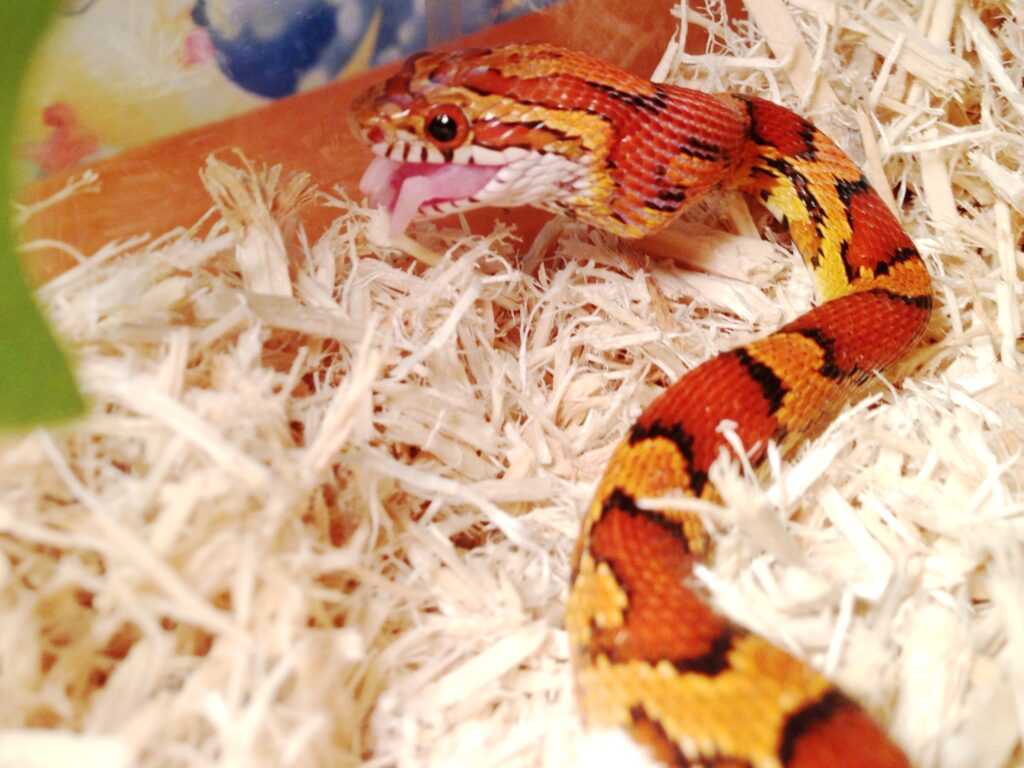
Regurgitation occurs when a corn snake expels partially digested food, typically within 48 hours of feeding. While occasional regurgitation might happen, frequent occurrences indicate underlying problems such as improper temperatures, stress from handling after meals, prey items that are too large, or more serious health concerns like infections or obstruction. To prevent regurgitation, maintain proper environmental temperatures (especially during digestion), avoid handling your snake for at least 48 hours after feeding, and offer appropriately sized meals (generally no larger than 1.5 times the width of the snake’s body at its widest point). Additionally, ensure your corn snake has a quiet, stress-free environment after feeding, and always feed pre-killed prey to avoid injuries from live prey fighting back. If regurgitation becomes a recurring issue despite addressing these factors, veterinary examination is necessary to rule out more serious conditions.
10. Inclusion Body Disease (IBD)
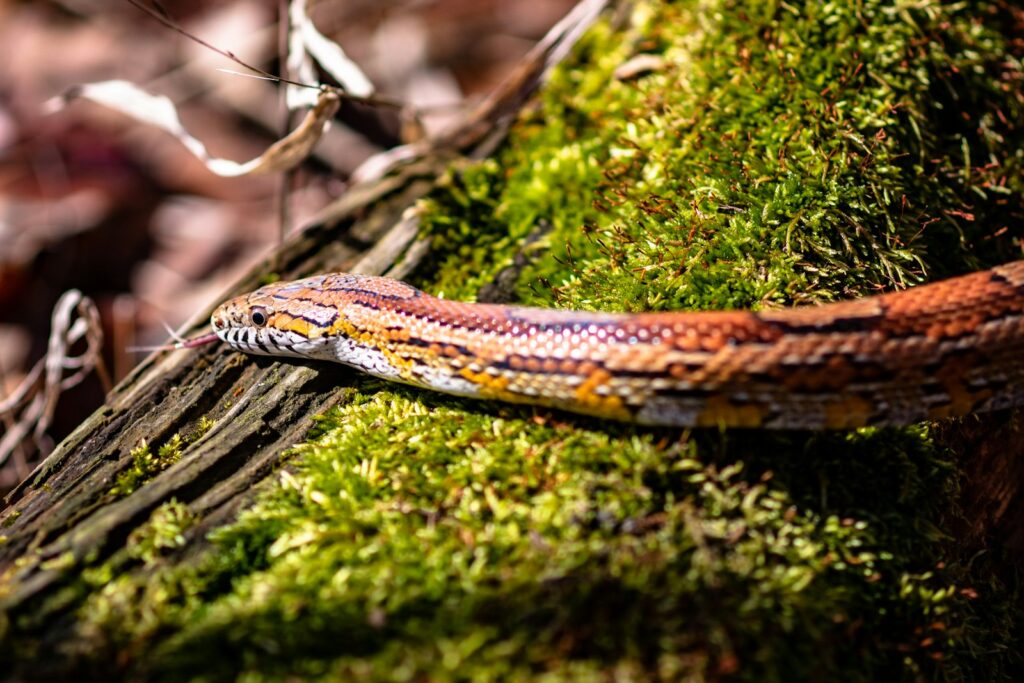
While more commonly associated with boas and pythons, corn snakes can potentially contract Inclusion Body Disease (IBD), a fatal viral condition that affects the neurological system. Symptoms include “stargazing” (staring upward), inability to right themselves when turned over, regurgitation, progressive paralysis, and unusual posturing. IBD is believed to be transmitted through direct contact with infected snakes or their bodily fluids, and possibly through mites acting as vectors. There is no cure for IBD, making prevention the only defense. Always quarantine new snakes for at least 90 days, practice strict hygiene when handling different snakes, and be cautious about introducing snakes from unknown sources to your collection. If you suspect IBD, immediately isolate the affected animal and consult a veterinarian experienced with reptile diseases for testing and guidance.
11. Stress-Related Health Issues

Chronic stress in corn snakes can manifest as various health problems, including refusal to eat, excessive hiding, defensive behaviors, and compromised immune function leading to increased susceptibility to infections. Common stressors include improper enclosure conditions, excessive handling, presence of predator pets, high traffic areas, and inadequate hiding spots. To prevent stress-related health issues, ensure your corn snake’s enclosure includes multiple secure hiding spots on both the warm and cool sides. Position the habitat away from loud noises, vibrations, and excessive foot traffic. Limit handling sessions, especially with new snakes or during vulnerable periods like shedding or post-feeding. Recognize that what might seem minor to humans (like changing decor or moving the enclosure) can represent significant stress for a corn snake, and make changes gradually when possible.
12. Preventative Health Care: The Foundation of Corn Snake Wellness

Establishing a proactive approach to corn snake health care can prevent many common problems before they develop. This includes finding a qualified reptile veterinarian before emergencies arise and scheduling annual wellness examinations despite corn snakes’ tendency to mask symptoms of illness. Create a detailed health journal documenting your snake’s feeding responses, weight, shedding cycles, and general behavior to help identify subtle changes that might indicate developing health issues. Construct a comprehensive quarantine protocol for new animals or those returning from exhibitions, typically lasting 90 days and including parasite screening. Develop an emergency care kit containing items like digital thermometers, electrolyte solutions, betadine, and contact information for emergency exotic veterinarians. Remember that prevention through proper husbandry is always less stressful for your snake and less costly than treating established diseases.
While corn snakes are relatively hardy reptiles, they still depend entirely on their keepers for proper care and environment. Most health issues that affect these beautiful serpents stem from husbandry errors that are entirely preventable with education and attention to detail. By maintaining appropriate temperature gradients, humidity levels, enclosure cleanliness, and feeding regimens, you can significantly reduce the risk of most common health problems. Regular observation of your corn snake’s behavior, appetite, and physical condition allows for early detection of potential issues when they’re most treatable. Remember that establishing a relationship with a reptile-experienced veterinarian before problems arise is an essential component of responsible corn snake ownership. With proper care and preventative measures, your corn snake can thrive and remain a fascinating companion for up to two decades.

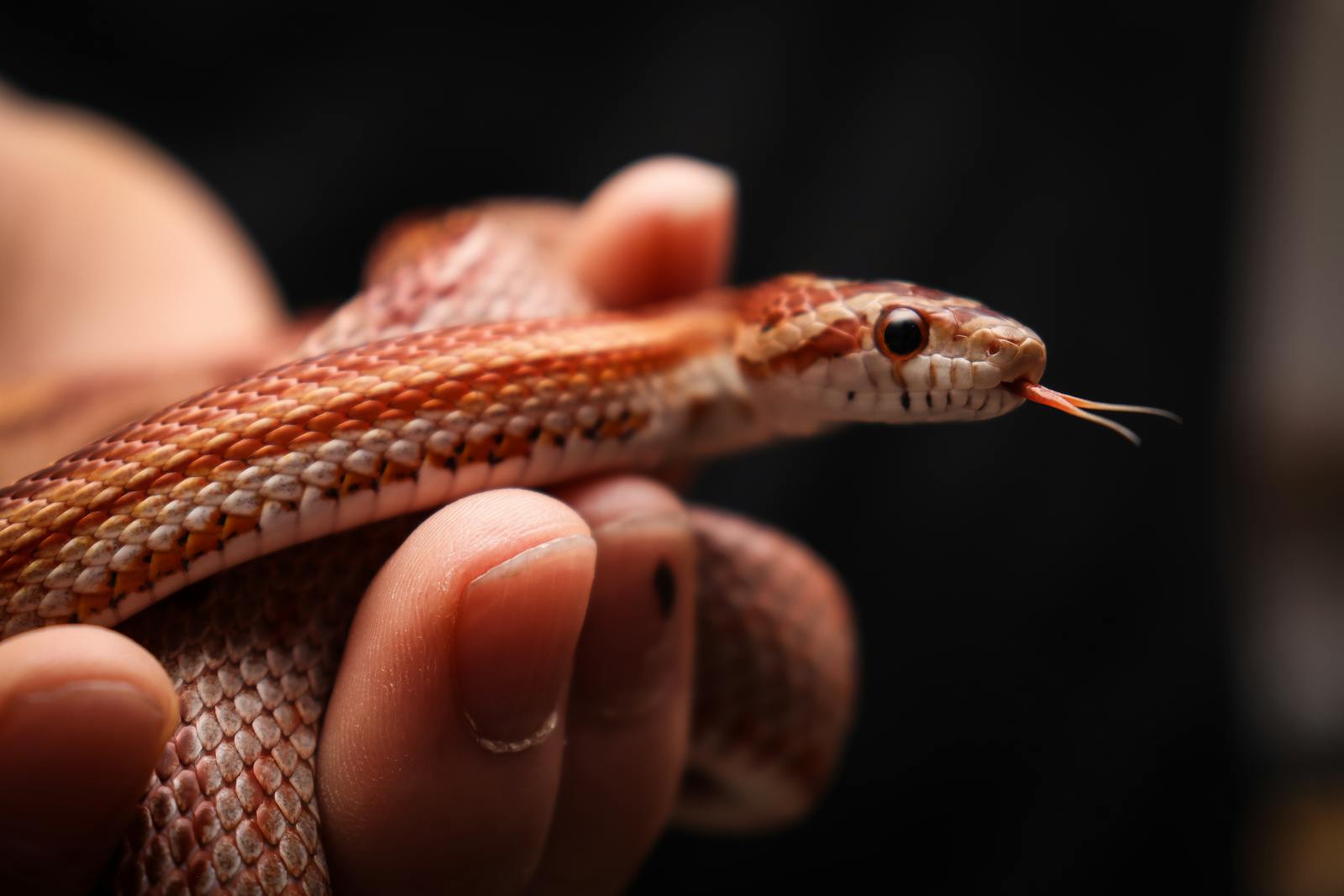
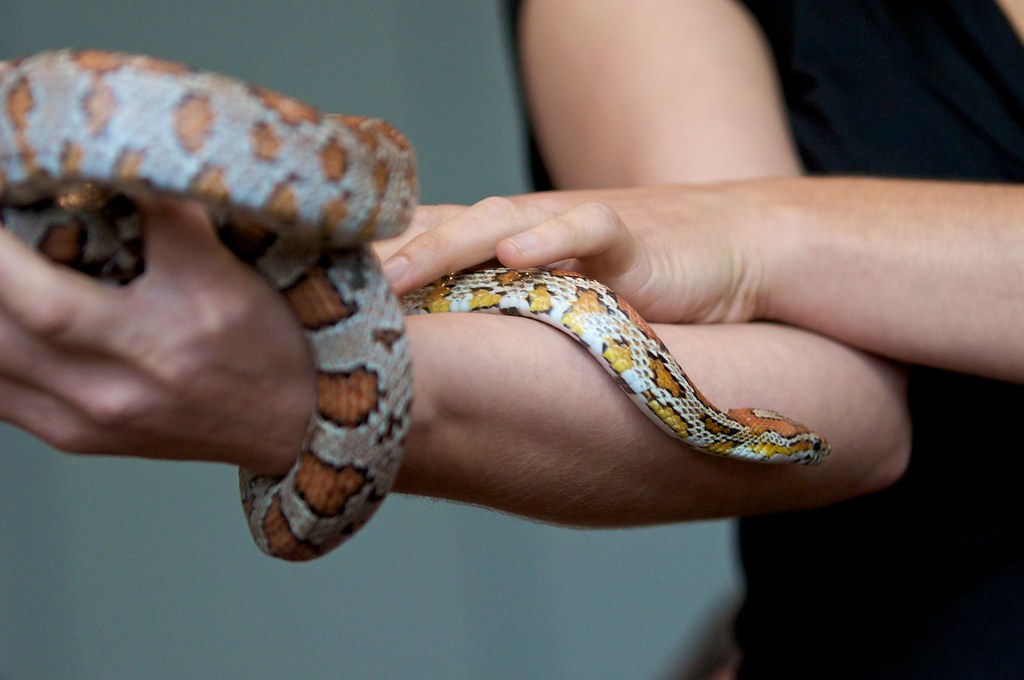
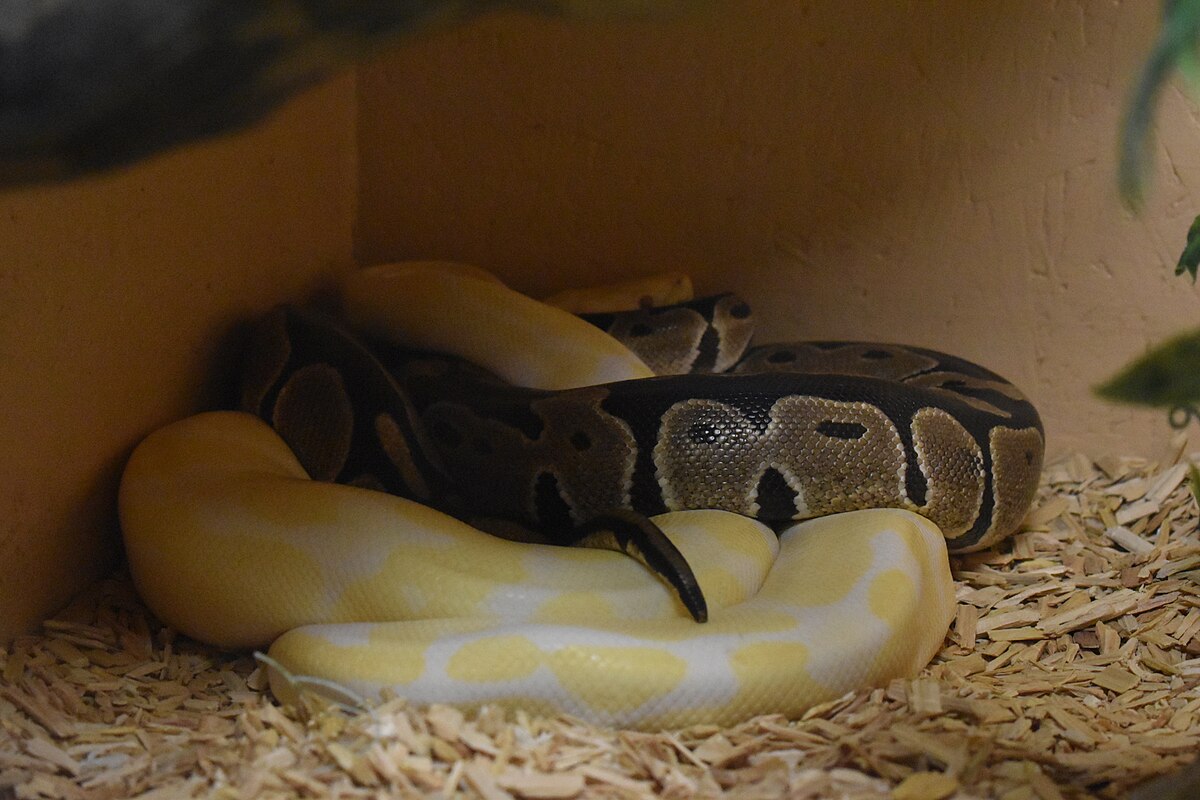

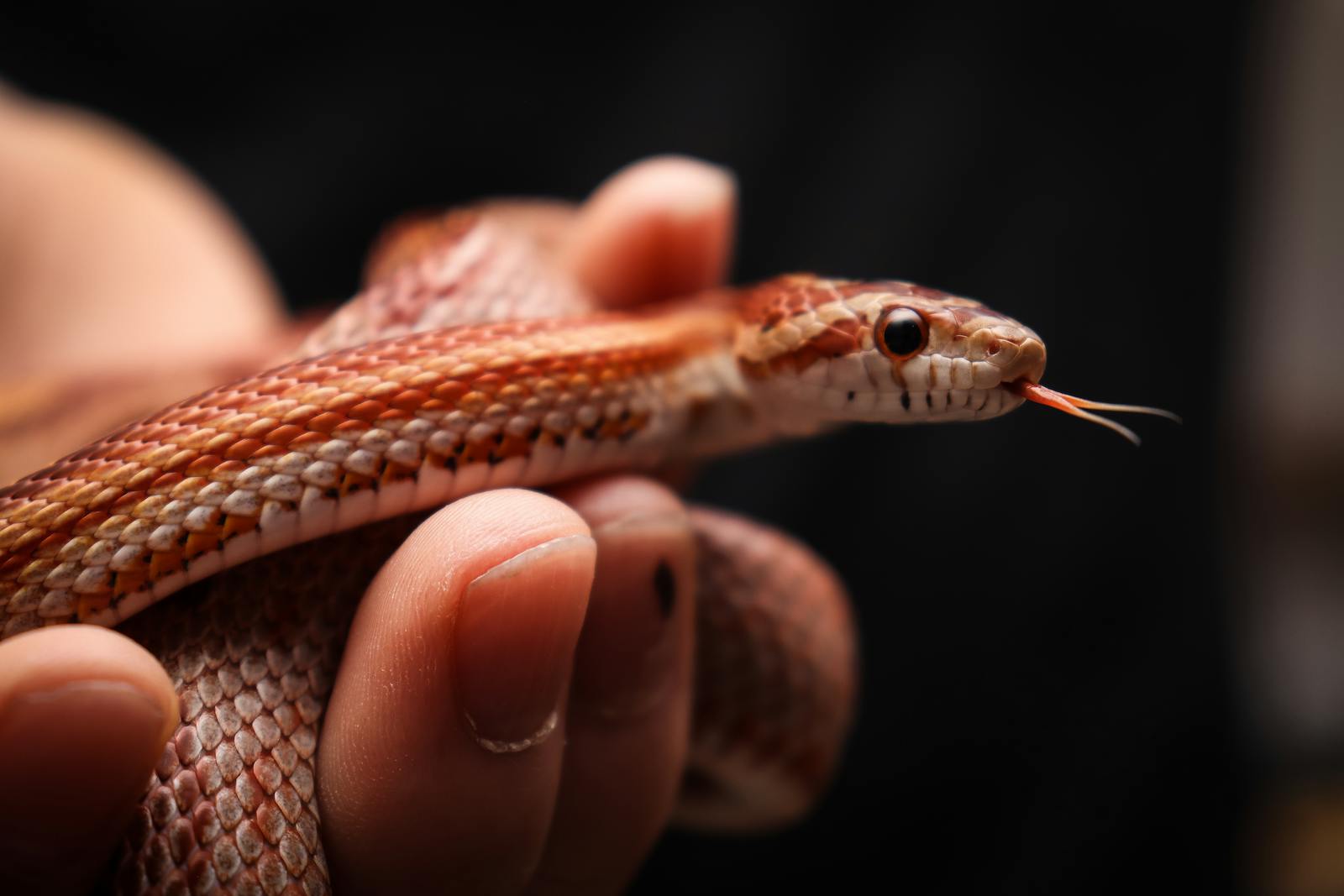
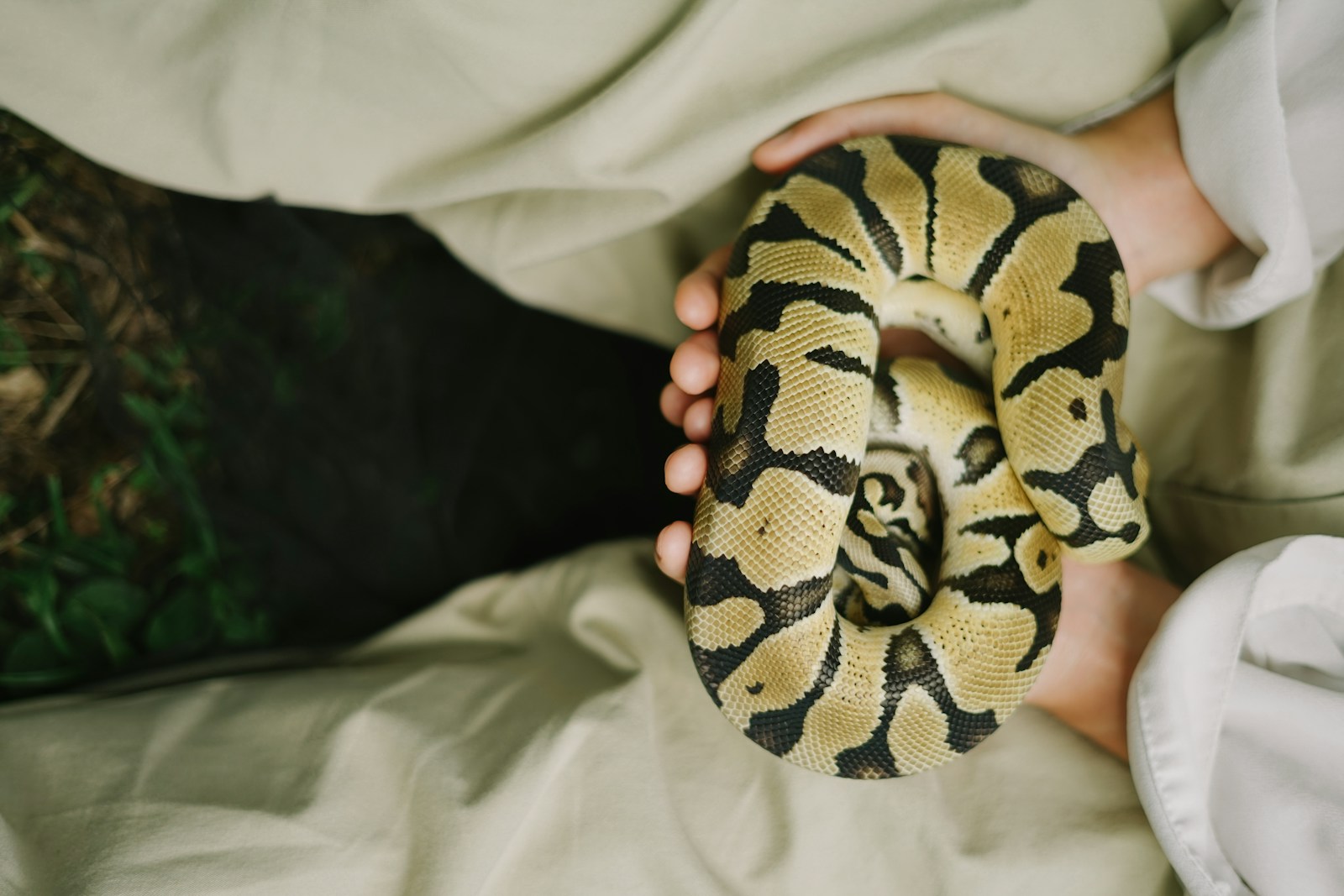
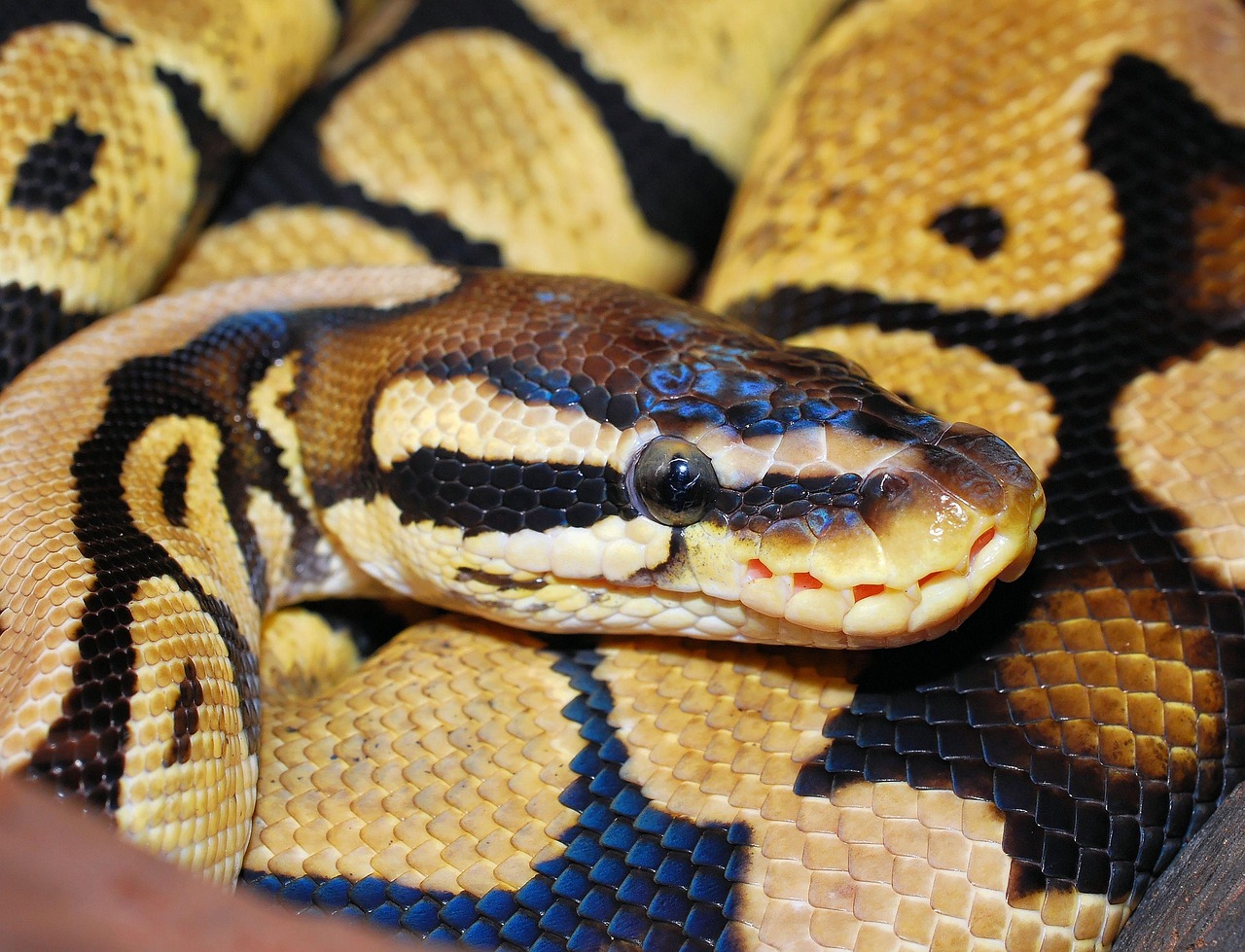
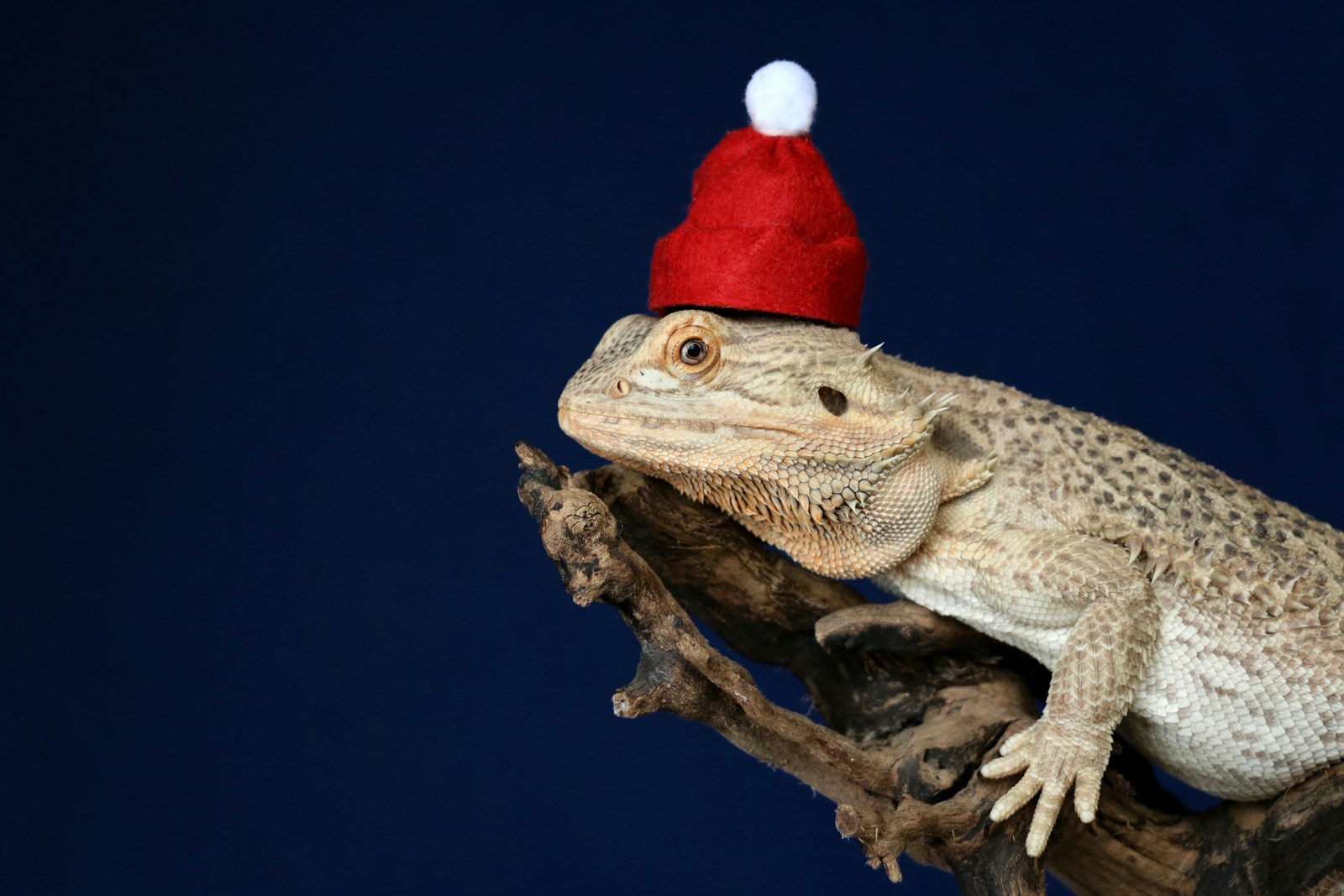

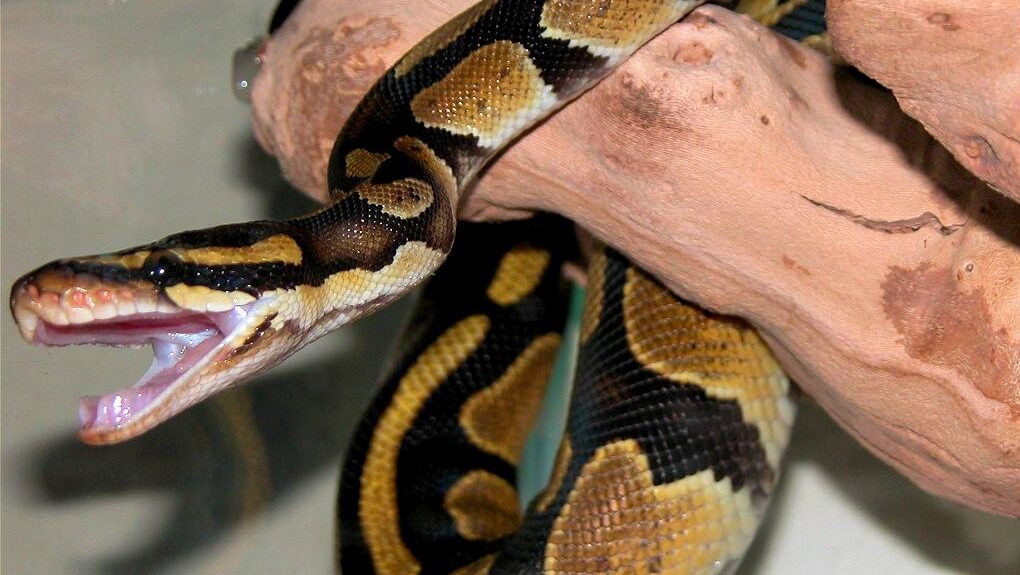
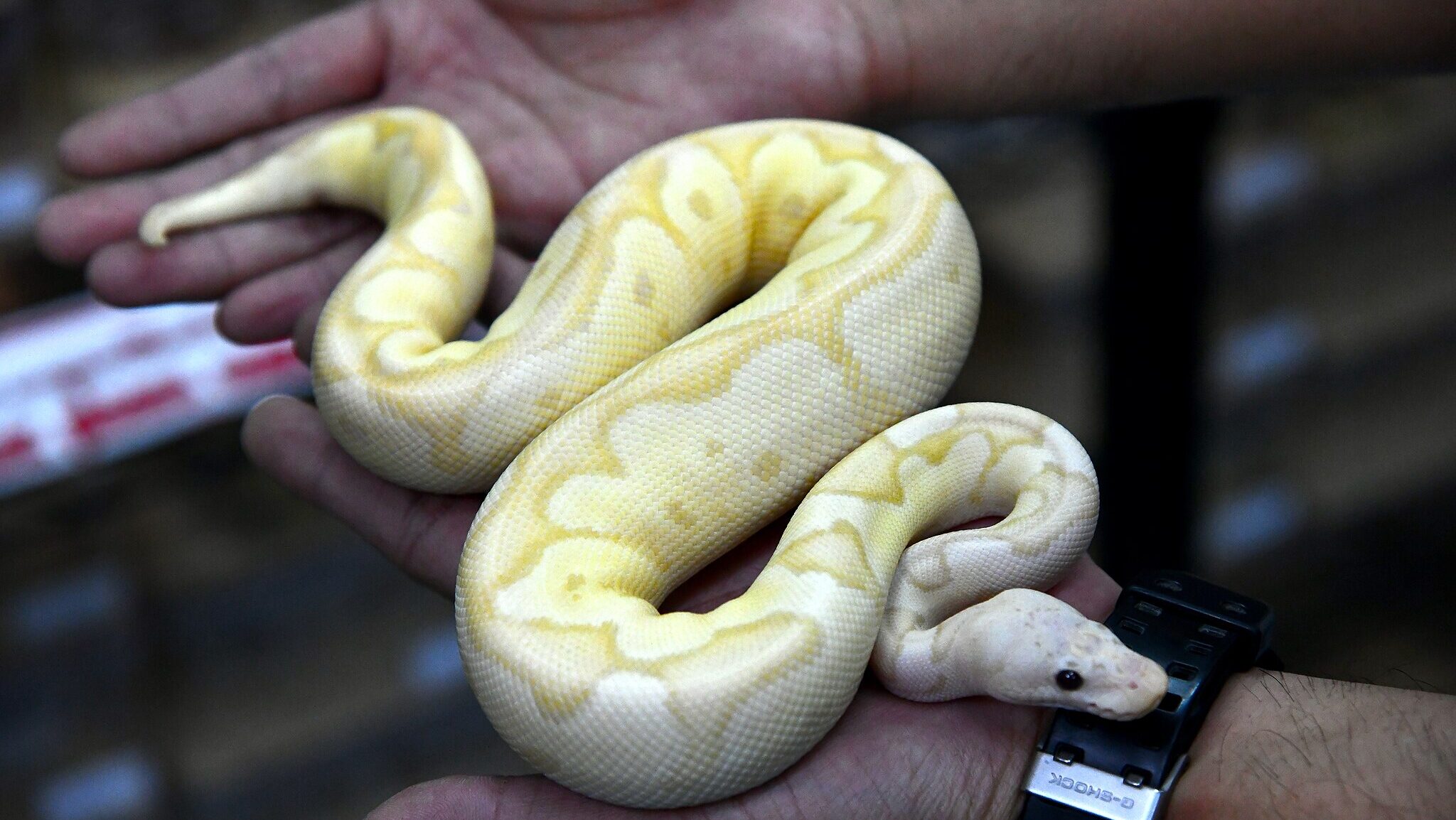
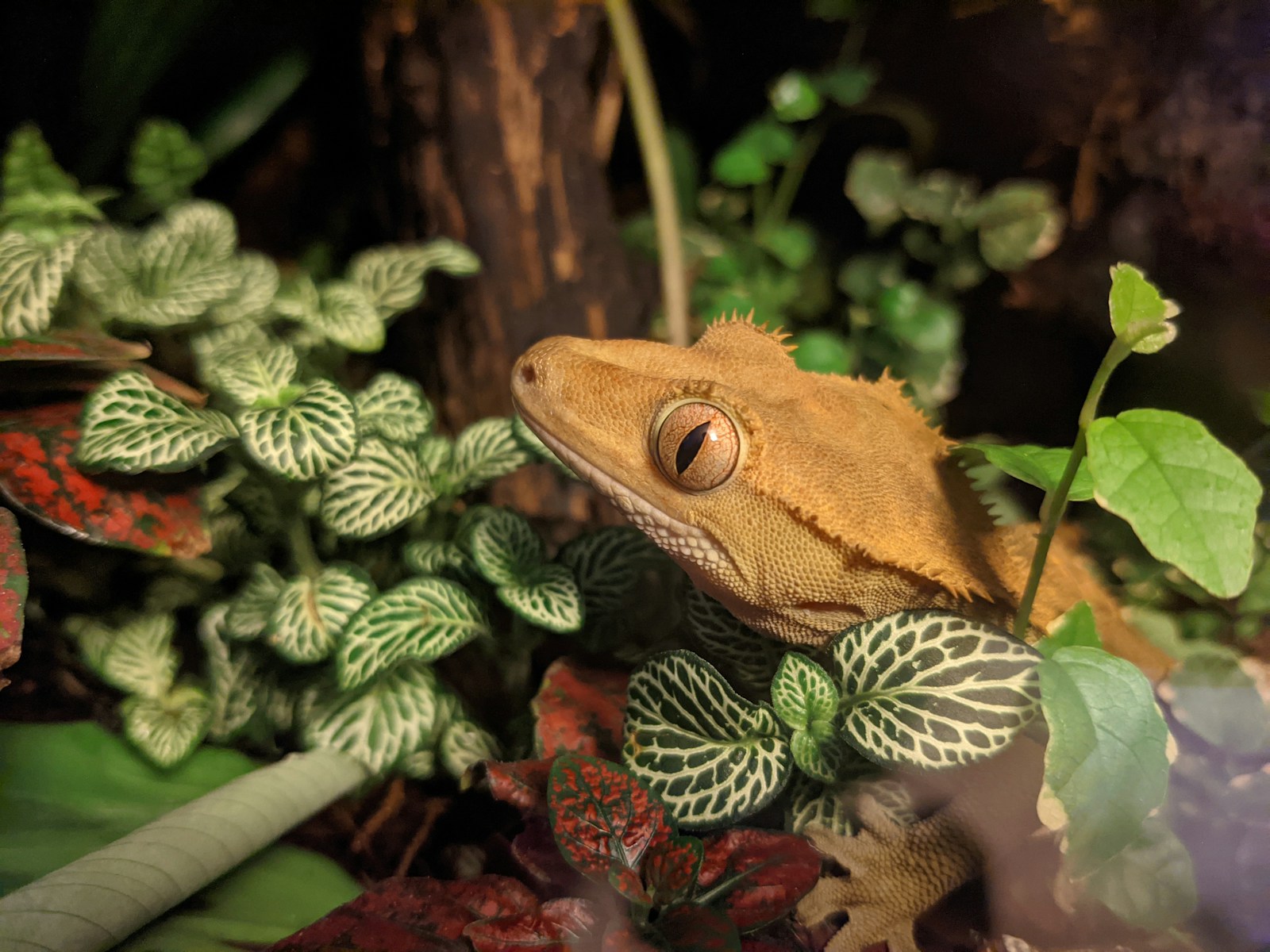


Leave a Reply